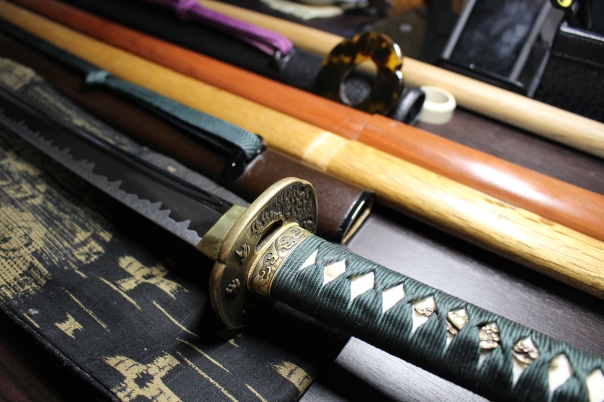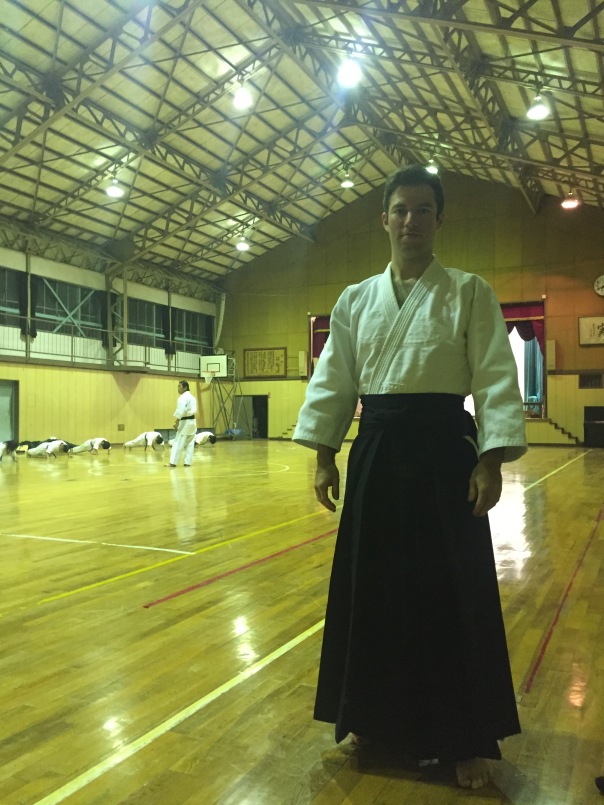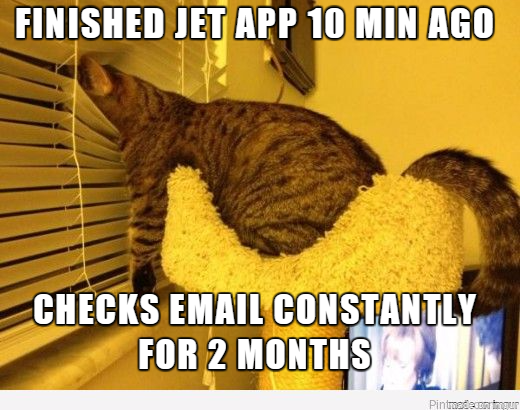
Part 3 of the How to Advance as a Martial Artist:
Be open minded
Try new (more…)
 A friend of mine recently asked “How can I become a better martial artist?” That’s a pretty general question, so I said Read the rest of this entry
A friend of mine recently asked “How can I become a better martial artist?” That’s a pretty general question, so I said Read the rest of this entry

Last night I had the amazing experience of trying out Iaido for the first time with a weapons master and a national champion of Mugai-ryū 無外流, a Koryu (traditional sword style). The experience was even better than I had expected. Read the rest of this entry
First things first- you really need to prepare. The best thing that you can do to pass the interview is intelligently use the time that you have before the interview. With the interviews coming up really soon (maybe some of them already happened?) you’re going to want to already have at least a couple weeks of anticipating questions, and preparing and rehearsing your answers under your belt. In my case, I studied with my parents, my girlfriend, Japanese teachers at my university, my roommates and by myself for 3 weeks before my interview and I probably could have used another week or so. Read the rest of this entry

Hi all, by now they should have announced (or will soon) who made it to the interview stage. Congratulations to those of you that made it to the next stage, and for those of you that did not, don`t give up! Try again next year! Now there are a few things to do before your interview, and the requirements could change, but what I remember is needing to have a passport photo attached to a sheet with my general information on it that you hand in upon arrival. If you already have passport photos, but don`t like what they look like, retake them,and not the morning of the interview … like I did… that is one headache you don`t need! Read the rest of this entry

There are two main times where you`re between steps and have nothing more to do until you hear back, I like to call this the “Dreadful Wait” stage. This is the first and potentially hardest. Read the rest of this entry
In the USA, there are no Kei-cars(軽自動車). I had never seen a Kei-car until I moved to Japan and started driving one for work. Read the rest of this entry
The JET Program salary is standardized (excluding Tokyo placements) to receive 3,360,000 Yen for their first year, and to have a gradual light increase per year. at the current conversion rate that comes out to ~$28,025.70 for the first year. A critical piece to keep in mind is that if you are coming from the USA (and you will be an ALT), you will be applying for USA and Japan Tax exemption for at least the first 2 years once accepted. This makes a massive difference as taxes usually take a hefty chunk out of your paycheck. From there you will have to pay a few forms of insurance that you must enroll in, as well as Japanese social security (you can get back the JSS upon completion of the program!!). I would estimate what you get per month at about 2,000 USD after any deductions. Read the rest of this entry